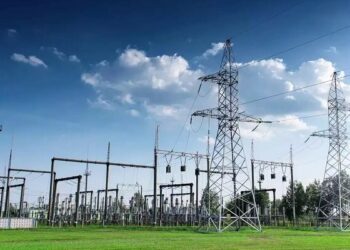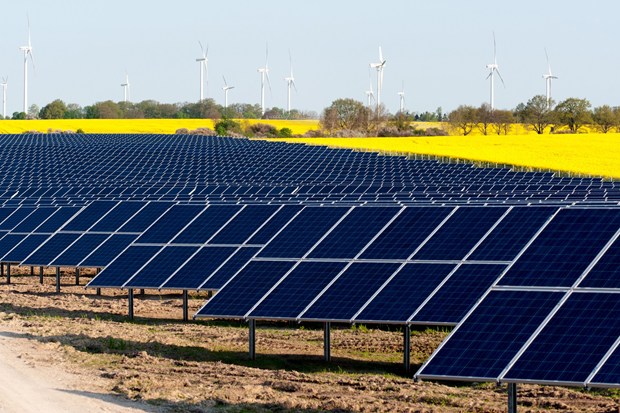Carbon-graphite brushes are generally limited to lower current densities (45 amps/sq.in.) and are used in older, slower speed motors with a maximum surface speed of 4000 ft./min. These are high friction brushes that make them very unattractive for present day use on commutators.
Brush grades are usually classified according to the manufacturing processes and the types of carbons, graphites and other ingredients used. The four main brush grade families are:
- Carbon graphites
- Electrographitics
- Graphites
- Metal graphites
Electrographitic Brushes are baked at temperatures exceeding 2,400C. These brushes are fairly porous which allows them to be treated with various organic resins. These treatments generally increase strength and improve the brush’s lubricating ability. This results in increased brush life especially in high operating temperature and low humidity environments.
These brushes are generally capable of continuous operation at 80 amps/sq.in. and at surface speeds of 7000 ft / min. These brushes are commonly found in many industrial, transportation and mining industries.
Graphite Brushes are composed of natural or artificial graphite bonded with resin or pitch to form a soft brush material. These brushes are characterised by their controlled filming and excellent riding qualities on both commutators and slip rings at brush current densities of less than 45 amp/sq.in. to 60 amps/sq.in. These are not capable of sustained operation at higher current densities.
The fast filming properties of graphite brushes is very beneficial in protecting commutators in contaminated atmospheres such as those seen in paper mills.
Metal-graphite brushes are generally made from natural graphite and finely divided metal powders. Copper is the most common metallic constituent but silver, tin, lead and other metals are sometimes used. These brushes are often ideal for a wide variety of applications because of their low resistivity, and are often the solution to particular commutation problems that cannot be solved with more conventional brushes.
The subject of carbon brushes is very complex. When finding a solution for a particular commutation problem, it takes patience, trial and error and the assistance of your carbon brush provider.









































